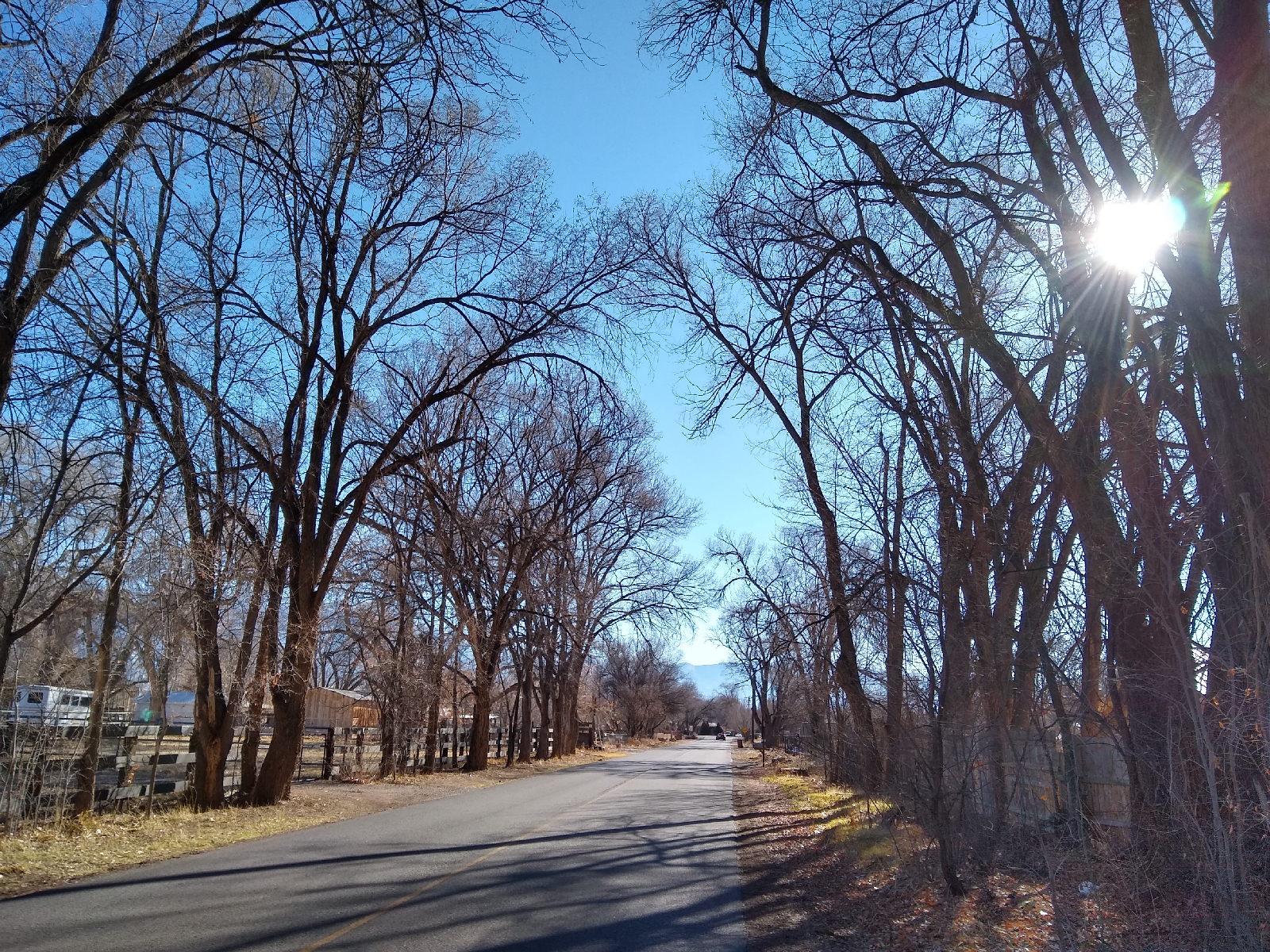I found this photo pretty emblematic about people's connection to the trees they live with. The plants adapt to humans by growing around them. And humans just chew through nature in pursuit of a single minded goal.
there are many examples of this, but every time I see these tree messages, there is also a small message of hope that maybe, one day, there will be a better way.trees are amazing things in so many ways. Take this hole in a tree. I was created when water seeped into the heartwood of a mature cottonwood and began to rot it. Physical factors prevent the water from evaporating and insects begin to be attracted to the site, maybe even some carpenter ants. Eventually a hole develops and grows and decomes home for moths, spides, lizards, and others.
Of course, some animals prefer to use holes humans make for them. Rock pigeons specialize in nesting in road bridges. I hope to also find bats in those smaller cracks soon. This pigeon is sitting on a nest. Eventually the ledge will become coated in white bird poop as the nestlings begin to grow.
This is one of the most active porcupines I have met in a while. It was busy eating elm buds, and was in quite a hurry. It was the only one we saw on this walk though. His teeth are pretty easy to see here.
Humans also like to make homes from wood. There are more and more of these structures popping up in the bosque. Some of them must have taken quite a long time to build.
As well as the annual migrations of birds across the US, there is a daily migration of geese and cranes from the fields to the safety of the river at night. The crows and raven also use the river to navigate from the mountains and the towns to the dumpsites and the roosts in the Bosque. At this time of year, the air above the river at sunset is a whole seperate river of swirling black birds. We saw an occasional hawk make a mad dash into the throng and catch an unwary bird midflight.
The bosque is pretty dry right now, but plants like this mullein tell a story of when the water levels are much higher, and hopefully, might be again.
Here is another log that was cleared from jenny jacks, a old system of flood control that is slowly going away.
I love the great horned owls, but it is nice to see other birds once in a while. I think this is a screech owl, a much smaller bird that nests in the holes in trees. The first picture is a little out of focus, but I kind of like my imperfect pictures, they seem so much more... real to me somehow.the insects are coming out finally, and the birds are already here to meet them.

















































